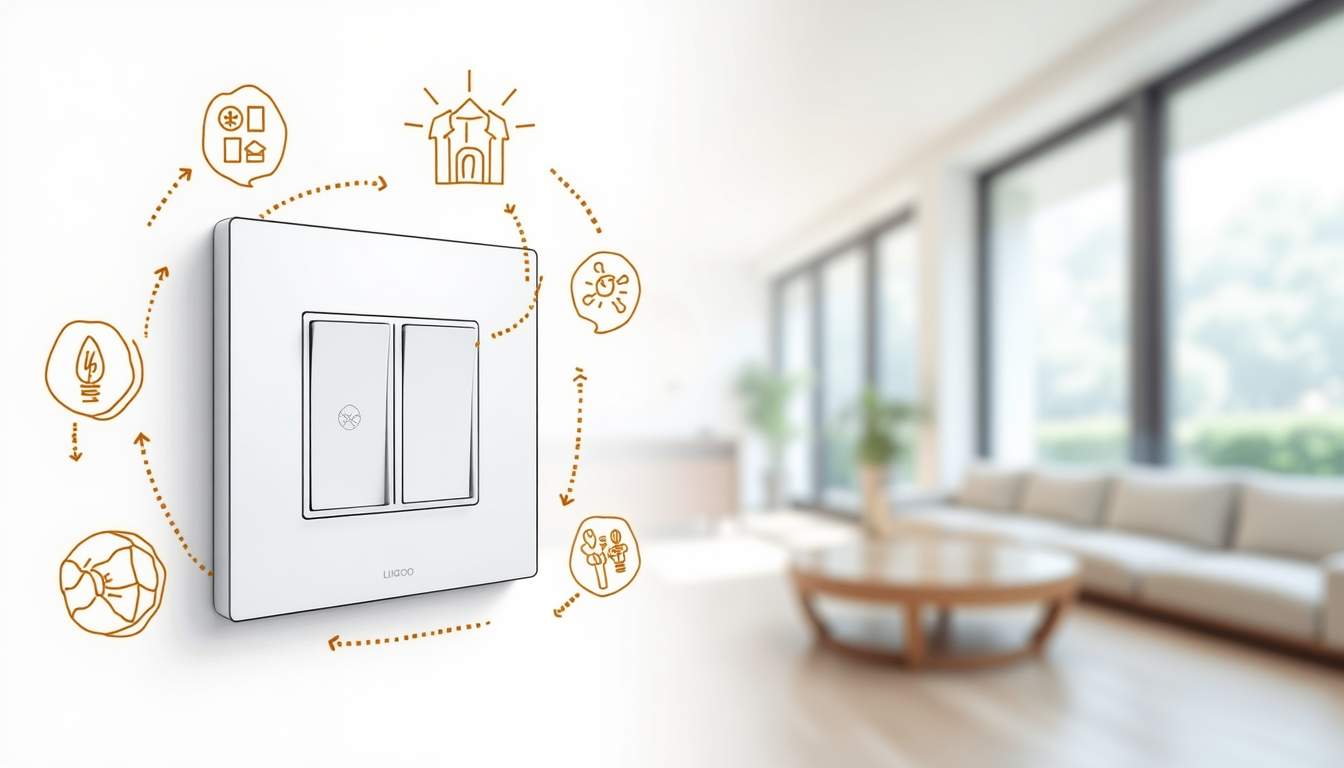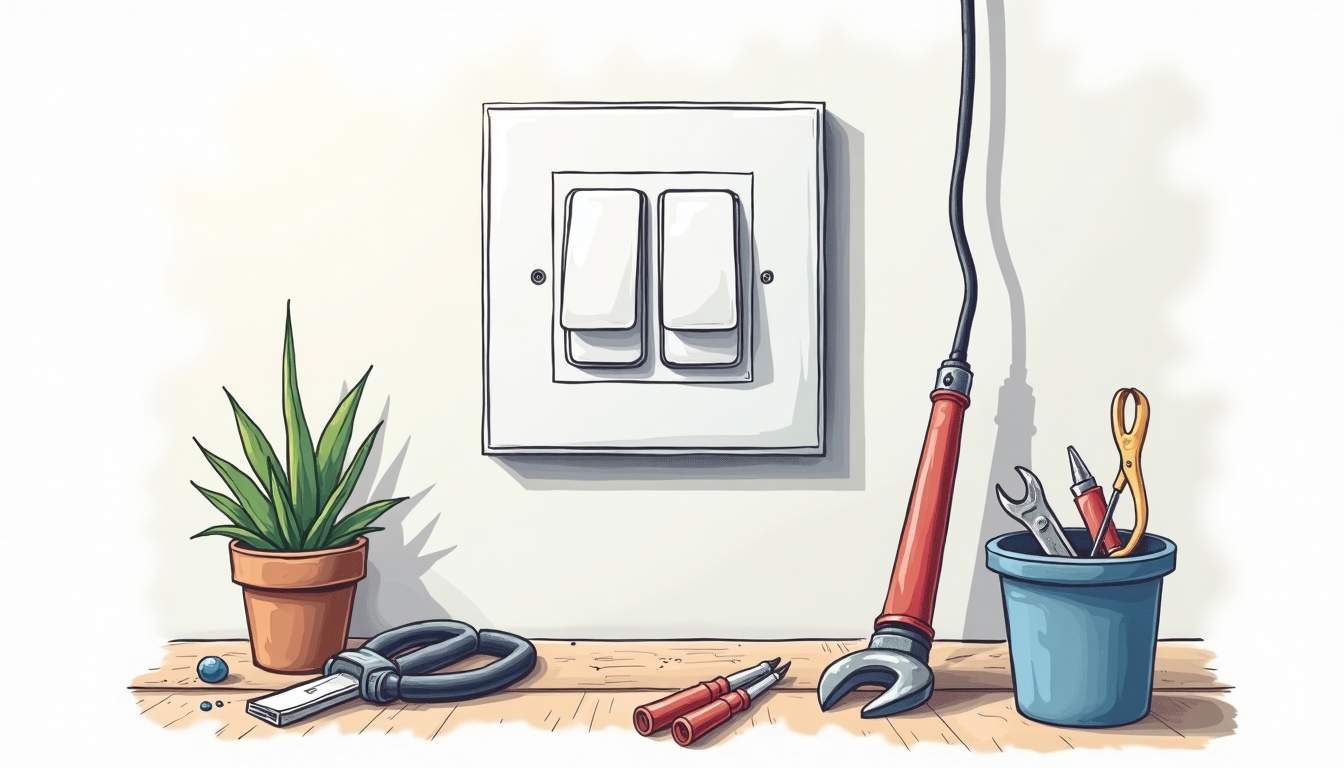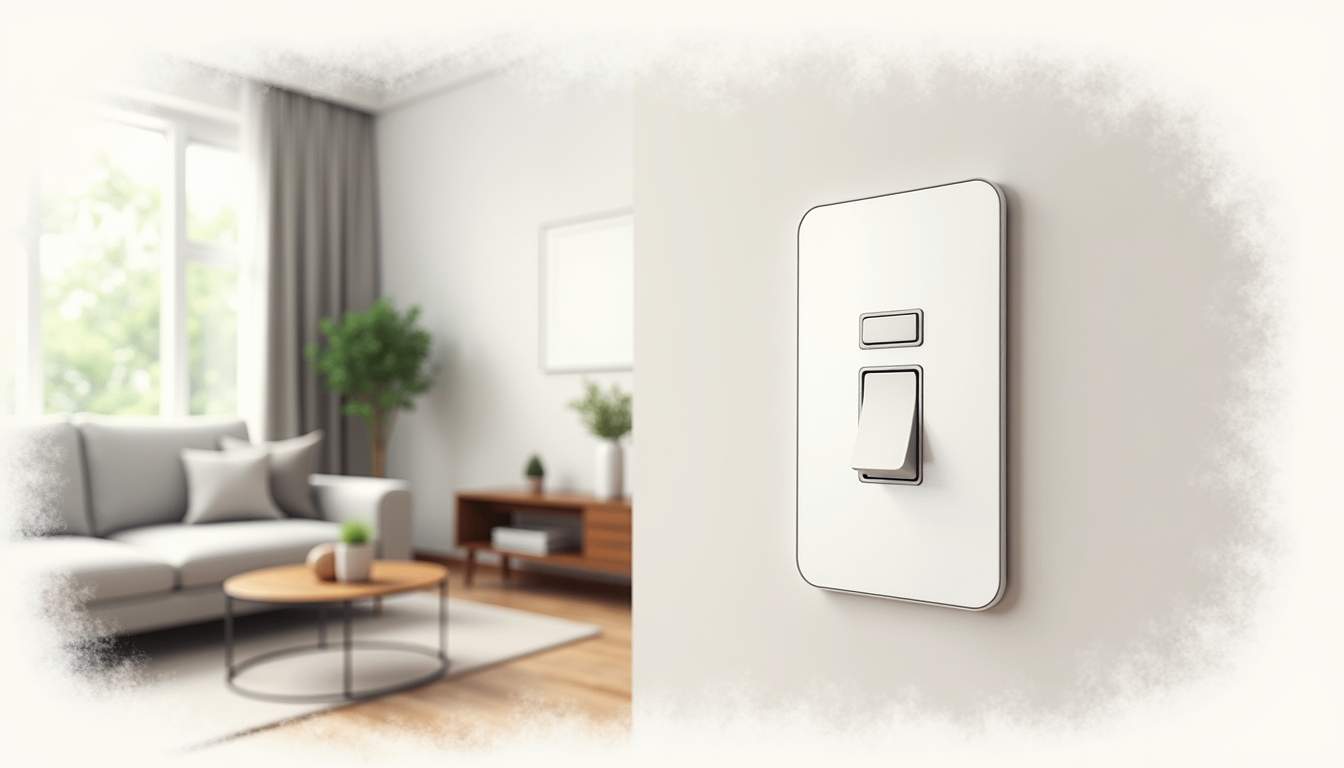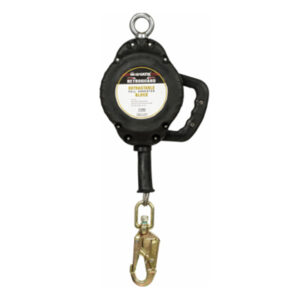You’re halfway through a critical project or deep into a weekend road trip when suddenly, a switch on your control panel fails. The lights won’t turn on, or worse, a key system stops responding. Frustrating, right? That’s exactly why knowing when and why to upgrade your switch panel can save you headaches, time, and money down the line.
Understanding the Role of Switch Panels
Switch panels are the command centers for many electrical systems whether in vehicles, boats, industrial machinery, or even home automation setups. They control everything from lighting and power outlets to complex systems like navigation or climate control. Their design and functionality can significantly impact the overall user experience, making it essential to choose the right panel for your specific needs.
Because they serve as the interface between you and the electrical system, their reliability and functionality are crucial. A faulty or outdated switch panel doesn’t just cause inconvenience; it can compromise safety and efficiency. In high-stakes environments, such as aviation or maritime operations, a malfunctioning switch panel could lead to catastrophic failures, underscoring the importance of regular maintenance and upgrades.
What Makes a Switch Panel Outdated?
Technology advances quickly. A switch panel that was state-of-the-art five or ten years ago might now be lacking in features or compatibility. Older panels often have limited switch options, fewer indicators, and less intuitive layouts. This can make it challenging for users to operate systems effectively, especially in emergencies when every second counts.
Additionally, older panels may not support modern safety standards or integrate well with newer devices and systems. This can lead to wiring complications, increased risk of electrical faults, or simply a clunky user experience. For instance, many contemporary switch panels now feature smart technology that allows for remote control and automation, enabling users to manage their systems from a smartphone or tablet. This level of integration not only enhances convenience but also allows for real-time monitoring of system performance, providing users with critical information at their fingertips. As a result, upgrading to a modern switch panel can vastly improve both safety and efficiency, making it a worthwhile investment for any electrical system. To explore these benefits, visit Electrician Singapore.
Signs It’s Time to Upgrade Your Switch Panel
Frequent Malfunctions and Wear
Switches that stick, flicker, or fail to respond are clear indicators. Over time, mechanical wear and exposure to elements like moisture or dust degrade switch panels. If you find yourself repairing or bypassing switches regularly, an upgrade can restore reliability. Additionally, the age of the switch panel can lead to outdated technology that may not meet current safety standards. As electrical systems evolve, older panels may lack essential features such as surge protection or circuit breakers, making them not only inconvenient but also potentially hazardous.
Limited Functionality and Expansion
Maybe you’ve added new equipment or features that your current panel can’t accommodate. Older panels often have fixed switch counts and limited customization. Upgrading provides room for expansion and the ability to tailor controls to your exact needs. Newer models often come with modular designs that allow you to add or remove switches easily, adapting to your changing requirements. This flexibility is especially beneficial in environments where technology is rapidly advancing, ensuring that your setup remains relevant and efficient for years to come.
Poor Visibility and Usability
Switch panels with dim or no backlighting, confusing labels, or awkward layouts make operation difficult, especially in low-light conditions. Modern panels often feature LED indicators, clear labeling, and ergonomic designs that improve usability and reduce errors. Moreover, many contemporary panels incorporate touch screens or smart technology, offering intuitive interfaces that can display real-time data and system statuses. This advancement not only enhances user experience but also allows for seamless integration with home automation systems, giving you greater control over your environment at your fingertips.
Benefits of Upgrading Your Switch Panel
Improved Safety
Newer switch panels come with enhanced safety features such as circuit breakers, overload protection, and better insulation. These reduce the risk of electrical fires or damage to connected equipment. Additionally, many modern panels include features like ground fault circuit interrupters (GFCIs) which can detect ground faults and cut off power to prevent electric shock. This is particularly important in environments where moisture is present, such as kitchens or outdoor settings. Furthermore, the use of high-quality materials in these panels minimizes the risk of wear and tear, ensuring that safety mechanisms remain effective over time.

Enhanced Control and Customization
Modern panels often allow for programmable switches, touchscreens, or integration with digital systems. This means you can customize control layouts, automate functions, and even monitor system status remotely. With advancements in smart technology, many switch panels can now be connected to home automation systems, enabling users to control lighting, heating, and other electrical devices from their smartphones or tablets. This level of control not only enhances convenience but also allows for energy savings by optimizing usage patterns based on personal habits. Moreover, some panels offer user-friendly interfaces that can be tailored to suit the needs of different users, making it easier for everyone in the household or workplace to operate the system efficiently.
Increased Durability and Weather Resistance
Upgraded panels are designed with tougher materials and sealing to withstand harsh environments. Whether you’re dealing with marine conditions, dust, or vibration, a quality switch panel upgrade can stand up to the challenge. Many of these panels are built to meet rigorous industry standards, ensuring they can handle extreme temperatures and exposure to corrosive elements. For instance, in marine applications, switch panels often feature marine-grade components that resist saltwater corrosion, prolonging the lifespan of the equipment. Additionally, the use of UV-resistant materials ensures that the panels maintain their integrity and appearance even when exposed to direct sunlight for extended periods. This durability not only enhances the reliability of the electrical system but also reduces the frequency and cost of replacements, making it a wise investment in the long run.
Choosing the Right Switch Panel Upgrade
Assess Your Current and Future Needs
Start by listing what you currently control and what you might want to add in the future. This helps in selecting a panel with the right number of switches and features. For instance, if you currently control basic lighting and plan to integrate smart home devices, you might need a panel that accommodates additional functionalities such as dimming controls or smart device integration. Additionally, consider the potential for future expansions, such as outdoor lighting or security systems, which may require more switches than you initially anticipate.
Consider Compatibility
Make sure the new panel matches your system’s voltage, wiring, and mounting requirements. Compatibility avoids costly rewiring or modifications. It’s also essential to check if the panel supports the specific types of devices you plan to use, such as LED lights or high-wattage appliances. Some panels come with built-in surge protection or are designed to work with specific smart home ecosystems, which can enhance your overall setup. Always refer to the manufacturer’s specifications and, if possible, consult with a professional to ensure seamless integration.
Look for Quality and Reliability
Invest in panels from reputable manufacturers with good reviews. Quality components mean fewer failures and longer service life. Look for panels that offer warranties or guarantees, as these can be indicators of the manufacturer’s confidence in their product. Additionally, consider the materials used in the construction of the panel; durable materials can withstand wear and tear, especially in high-traffic areas. Researching user experiences through forums or review sites can provide insights into long-term performance and reliability.
Think About User Experience
Choose panels with clear labeling, backlighting, and ergonomic layouts. If multiple people will use the panel, consider ease of use and accessibility. For instance, backlit switches can be particularly beneficial in low-light conditions, ensuring that users can find and operate the panel without difficulty. Furthermore, consider the tactile feedback of the switches; a well-designed switch should provide a satisfying click or resistance, indicating successful activation. If your household includes children or elderly members, opting for larger, more intuitive switches can enhance safety and usability for everyone.
Installation and Maintenance Tips
Upgrading a switch panel isn’t always a simple plug-and-play. Professional installation is often recommended, especially for complex systems or those involving safety-critical controls.

Once installed, regular maintenance-such as cleaning contacts, checking wiring, and testing switches-will keep your panel performing well for years.
When Not to Rush the Upgrade
If your current switch panel is functioning well, meets your needs, and shows no signs of wear or failure, an upgrade might not be necessary. Sometimes, a thorough inspection and minor repairs can extend its life without the expense of replacement.
However, keep in mind that waiting too long can lead to unexpected failures or safety issues, so balance caution with proactive maintenance.
Final Thoughts
Switch panel upgrades are more than just a luxury-they’re a practical step toward ensuring safety, functionality, and future-proofing your electrical systems. Whether you’re managing a boat, a vehicle, or industrial equipment, paying attention to your switch panel’s condition and capabilities can make all the difference.

Don’t wait for a failure to force your hand. Evaluate your system, understand your needs, and consider an upgrade when signs point to it. The peace of mind and improved control you gain will be worth it.


